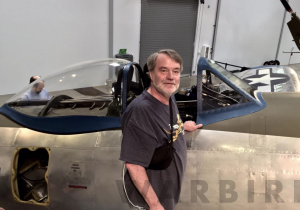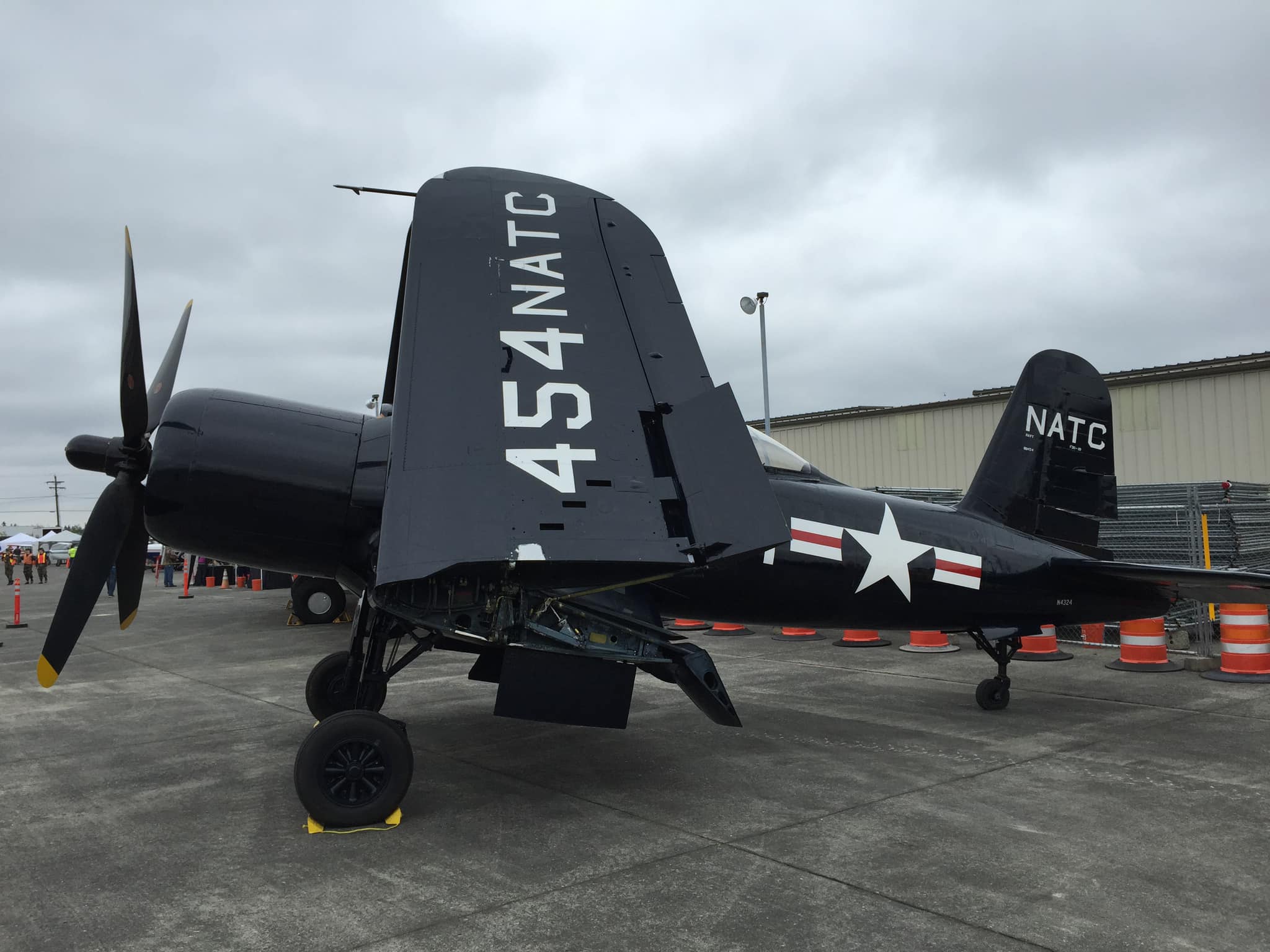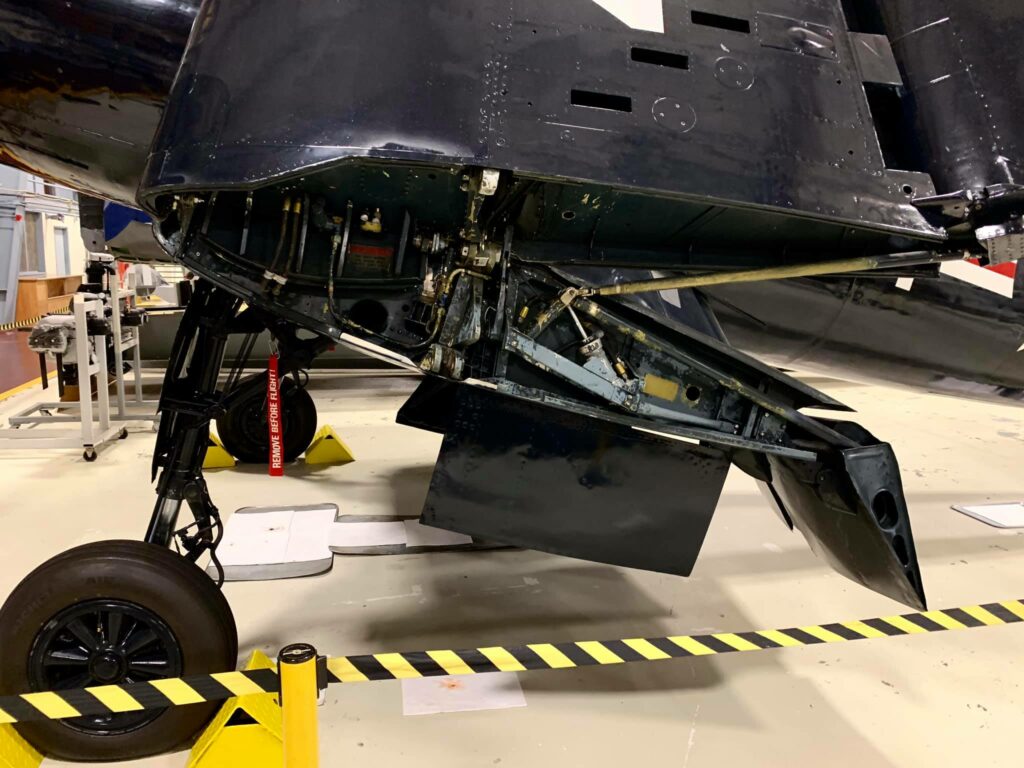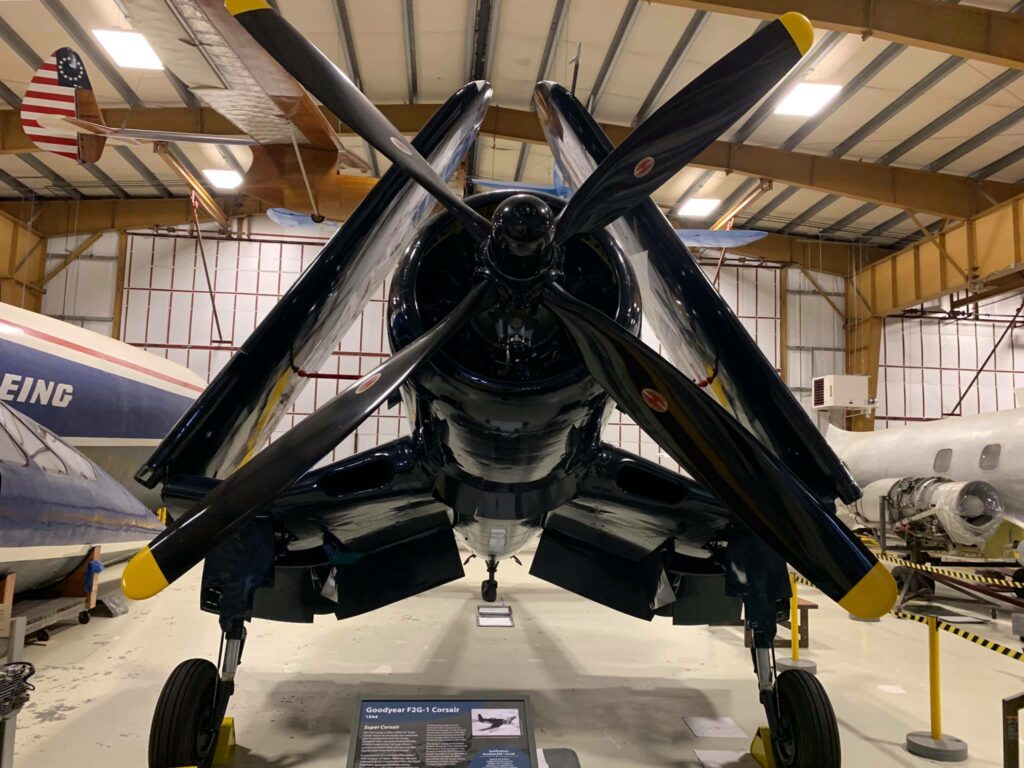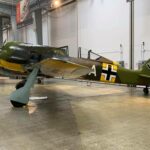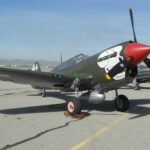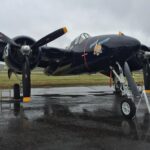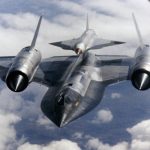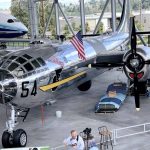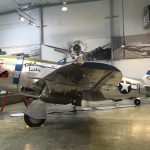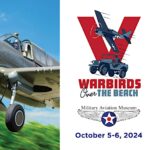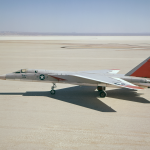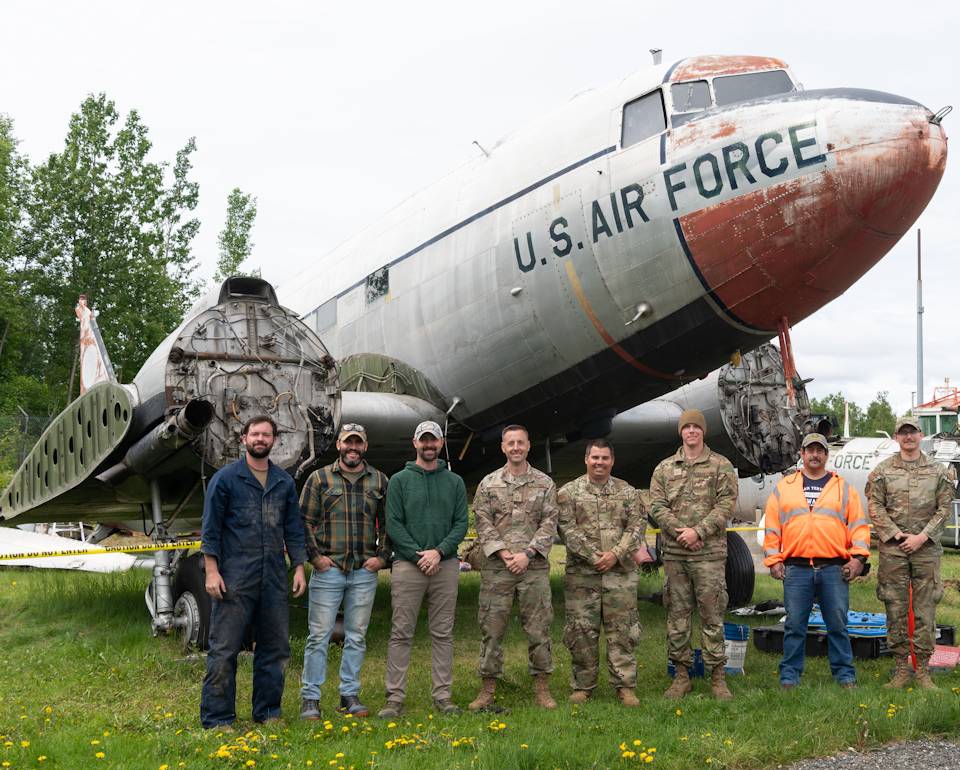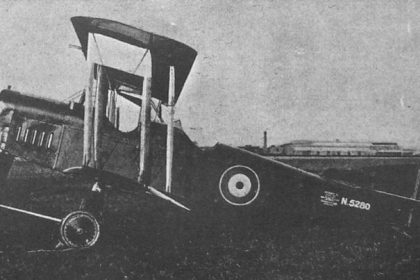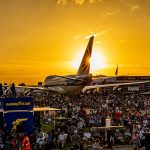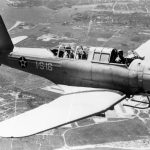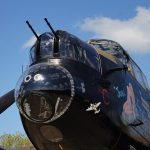By Randy Malmstrom
Since his childhood, Randy Malmstrom has had a passion for aviation history and historic military aircraft in particular. He has a particular penchant for documenting specific airframes with a highly detailed series of walk-around images and an in-depth exploration of their history, which have proved to be popular with many of those who have seen them, and we thought our readers would be equally fascinated too. This installment of Randy’s Warbird Profiles takes a look at the Museum of Flight‘s Goodyear F2G-1 Super Corsair BuNo. 88454.
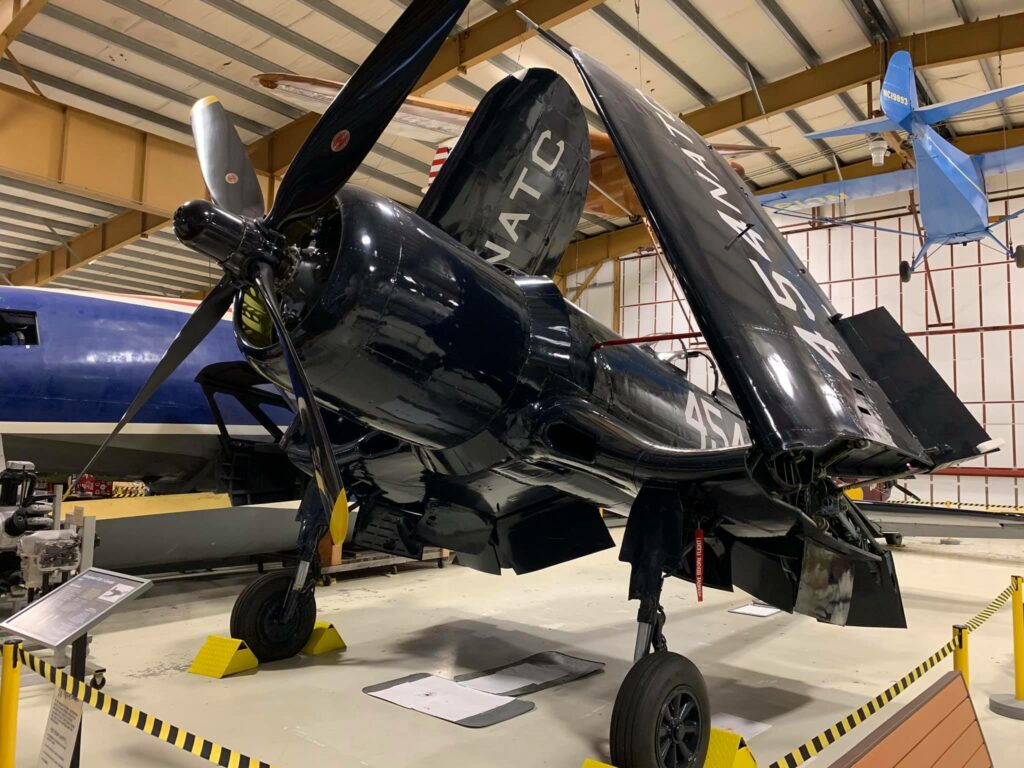
Goodyear Rubber & Tire Company built F2G aircraft based on the license-built FG-1, and were finally fitted with a Pratt & Whitney R-4360 engine powering a 13ft. Hamilton propeller (9-inch clearance from prop tip to ground or carrier deck) and was generally armed with six .50cal. machine guns, eight 5in. rockets, and up to 1,600 lb. of ordnance. The Corsair was fitted with a small window on the leading edge of each wing. The one on the right wing contains the gun camera.
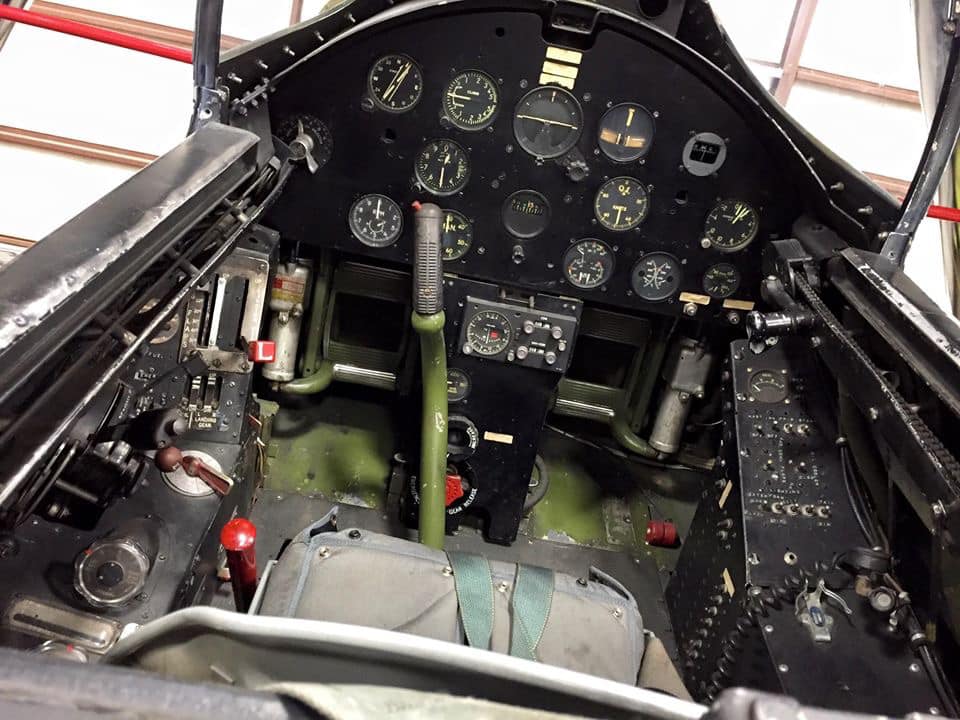
The leading edge on the left wing contained an “Approach Light” with a regular light bulb situated behind a multi-colored filter. The filter had horizontal bands from top to bottom as follows: green, a thinner line of amber, and then red at the bottom. While not visible to the pilot, it was meant to be very visible to the LSO (Landing Signal Officer) on an aircraft carrier deck, providing him with information as to the attitude of the aircraft. If the plane is nose-high, the LSO he sees red, meaning the Corsair is approaching too slow. If the plane is nose-down, coming in fast, he sees green. If the pilot has the aircraft in the correct attitude for landing (to intersect with the deck right in front of the arresting wires), the LSO sees amber.
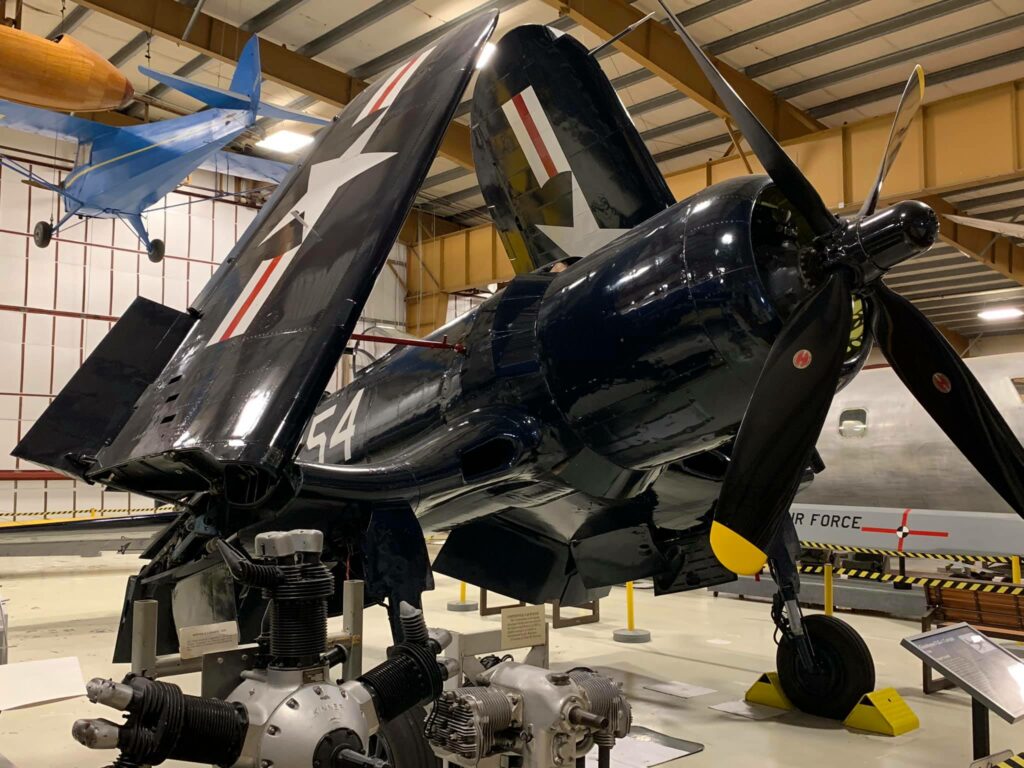
Note the 6-inch long stall strip located on the leading edge of the starboard wing just outboard of the guns. The large propeller on Corsairs caused a lot of torque at slow speeds which caused the port wing to drop at stalling speeds and creating a tendency for the aircraft to go into a spin. The problem was solved by the addition of this small device (it causes the starboard wing to stall symmetrically with the port wing). The oldest Corsairs had home-made wooden blocks; later, aircraft came from the factory with an aluminum strip already in place.
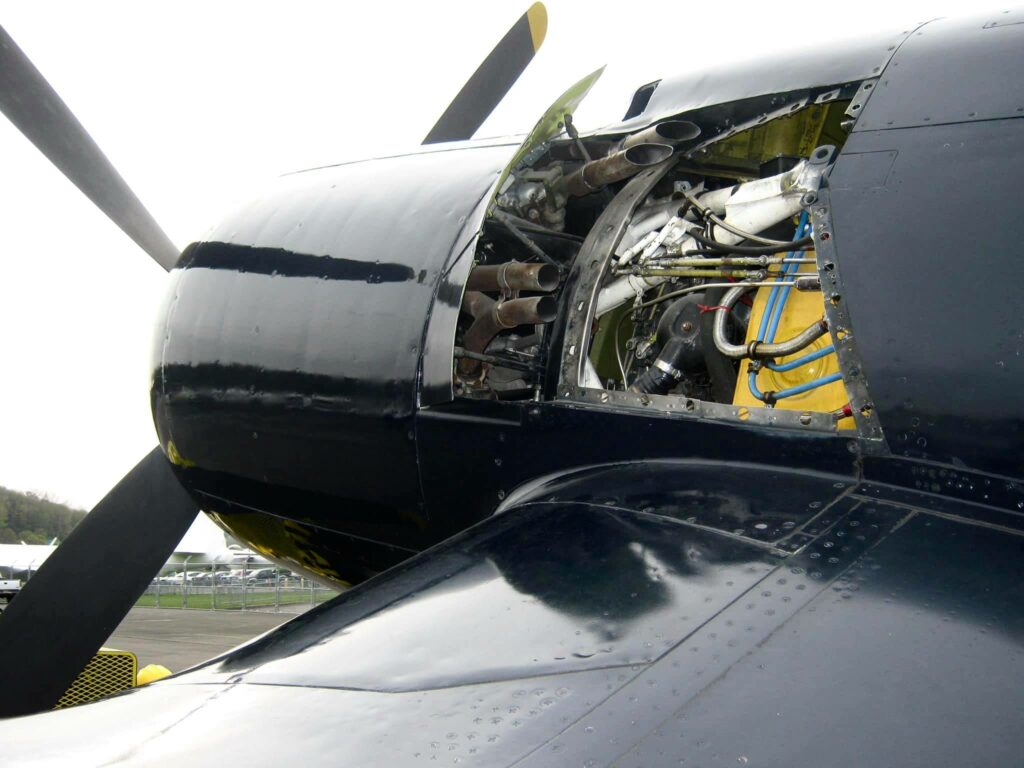
This particular aircraft was built in 1945 by Goodyear Rubber & Tire Company in Akron, OH and was the first of a production of ten F2Gs. Five F2G-2 aircraft were built for carrier use and thus were fitted with arresting gear, hydraulically folding wings and a shorter diameter propeller, and five F2G-1 aircraft including this one were built for land-based operations, did not have an arrestor hook or hydraulically operated folding wings (they were manual), and were fitted with a larger propeller. The F2G aircraft never went into combat service and upon striking from the records, were frequently flown in air races.
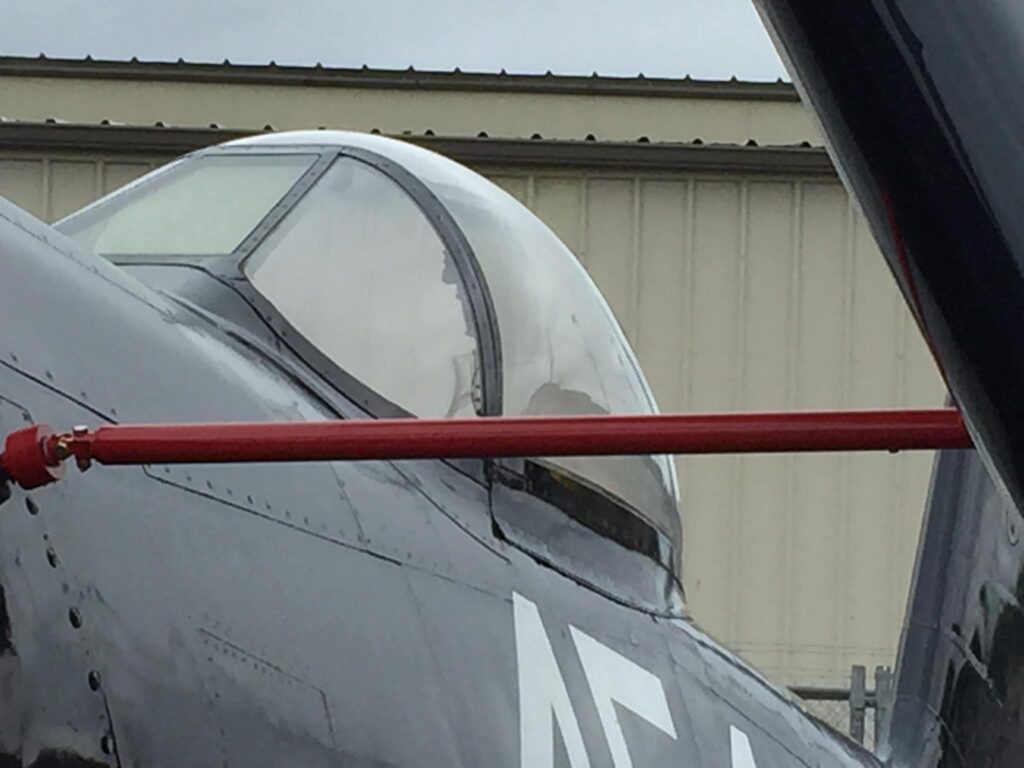
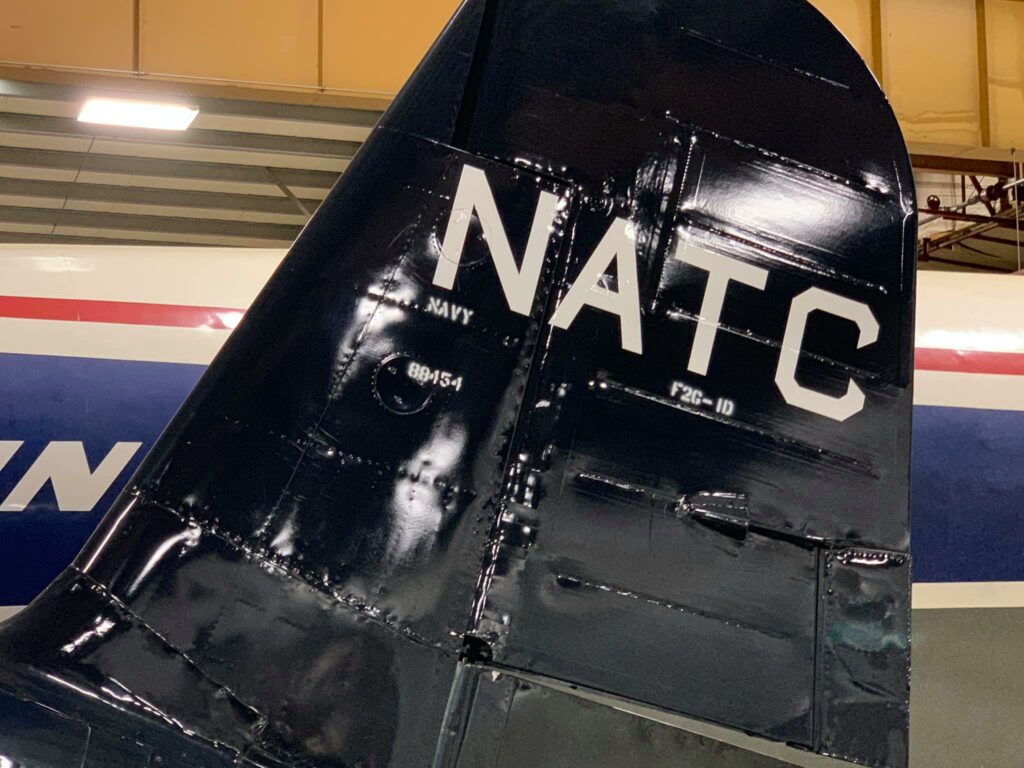
About the author
